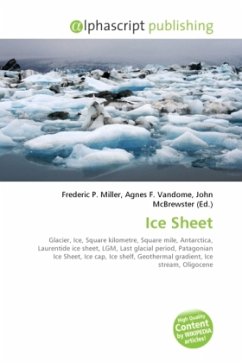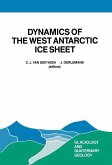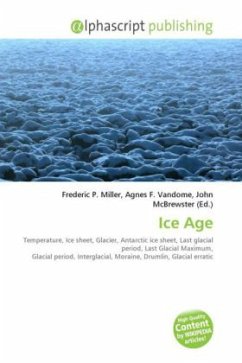An ice sheet is a mass of glacier ice that covers surrounding terrain and is greater than 50,000 km² (20,000 mile²), thus also known as continental glacier. The only current ice sheets are in Antarctica and Greenland; during the last glacial period at Last GlacInsert keywordsial Maximum (LGM) the Laurentide ice sheet covered much of Canada and North America, the Weichselian ice sheet covered northern Europe and the Patagonian Ice Sheet covered southern South America. Ice sheets are bigger than ice shelves or alpine glaciers. Masses of ice covering less than 50,000 km2 are termed an ice cap. An ice cap will typically feed a series of glaciers around its periphery. Although the surface is cold, the base of an ice sheet is generally warmer due to geothermal heat. In places, melting occurs and the melt-water lubricates the ice sheet so that it flows more rapidly. This process produces fast-flowing channels in the ice sheet these are ice streams. The present-day polar ice sheets are relatively young in geological terms.







